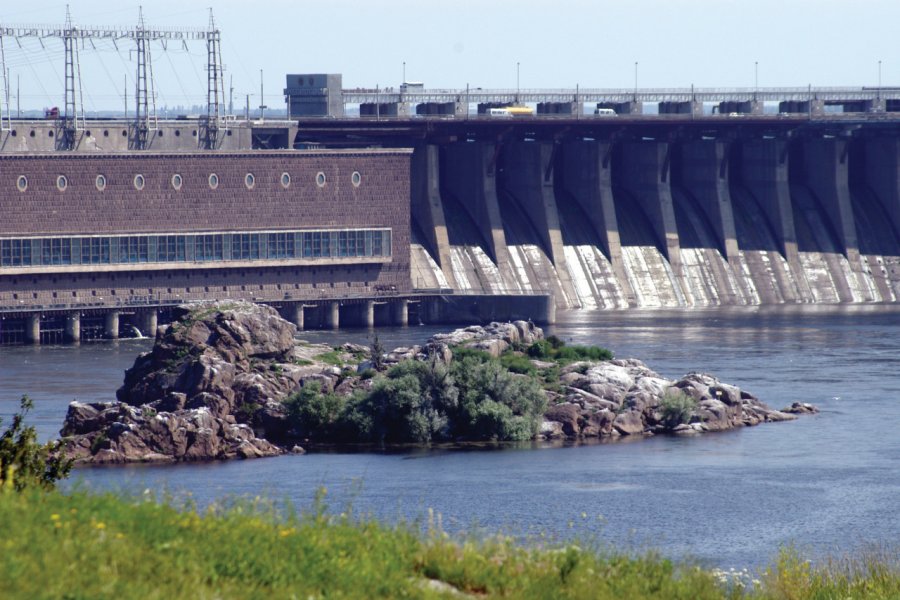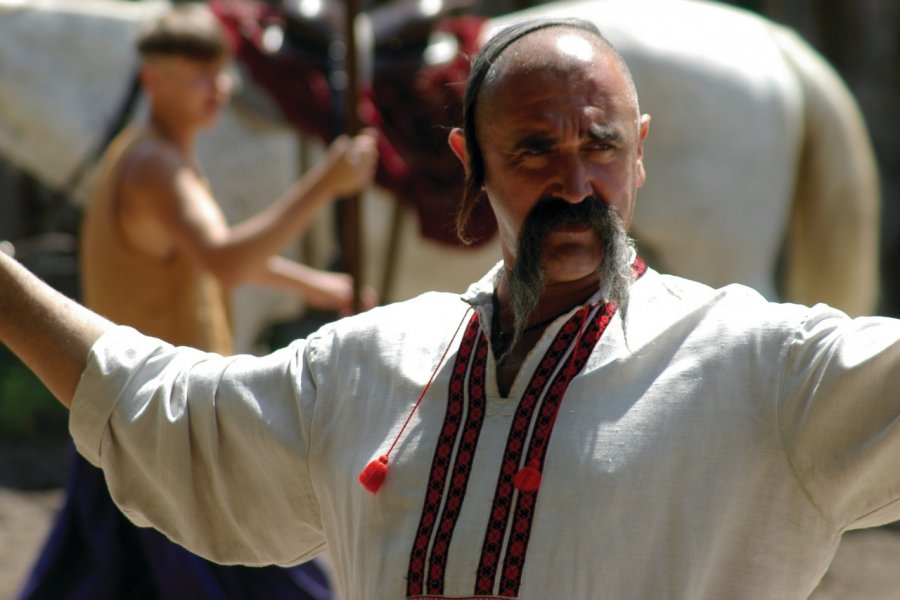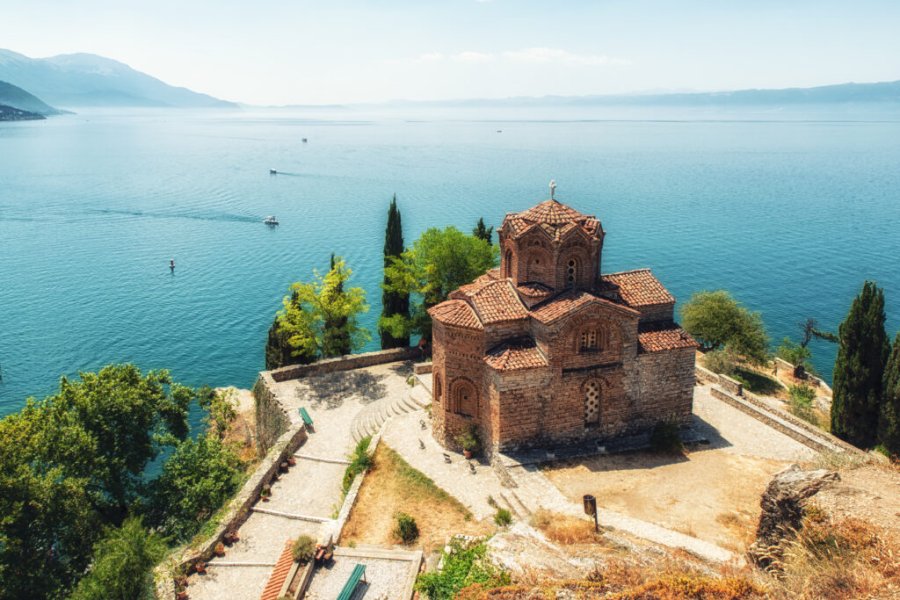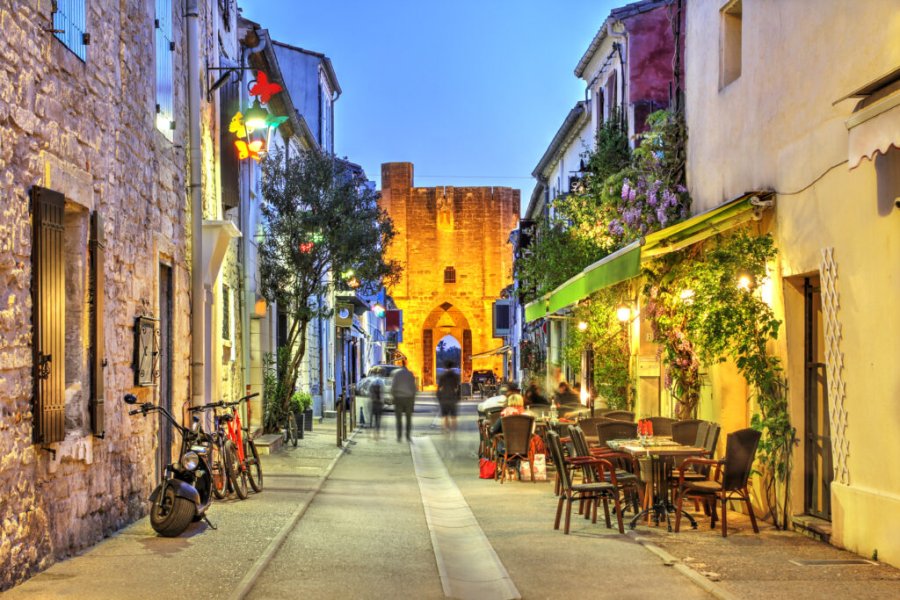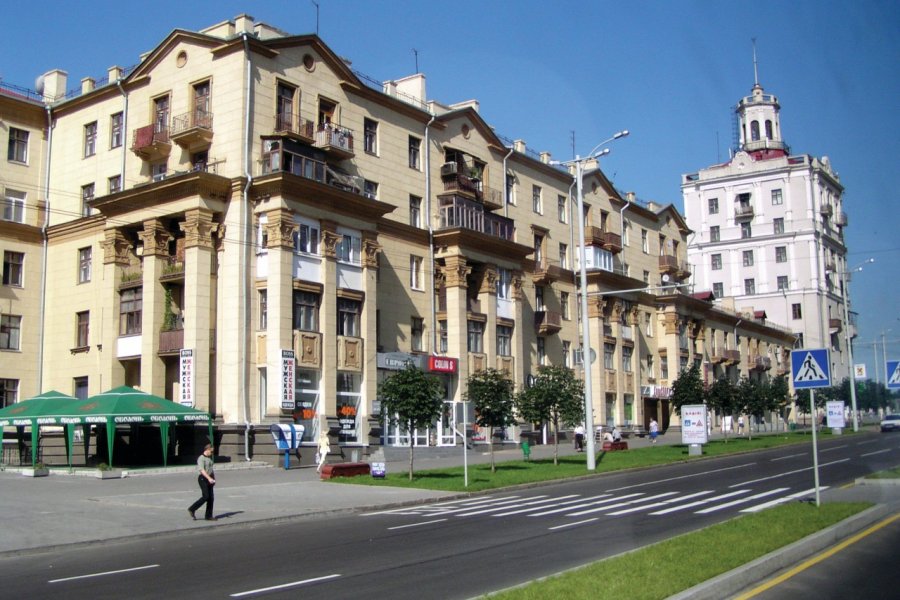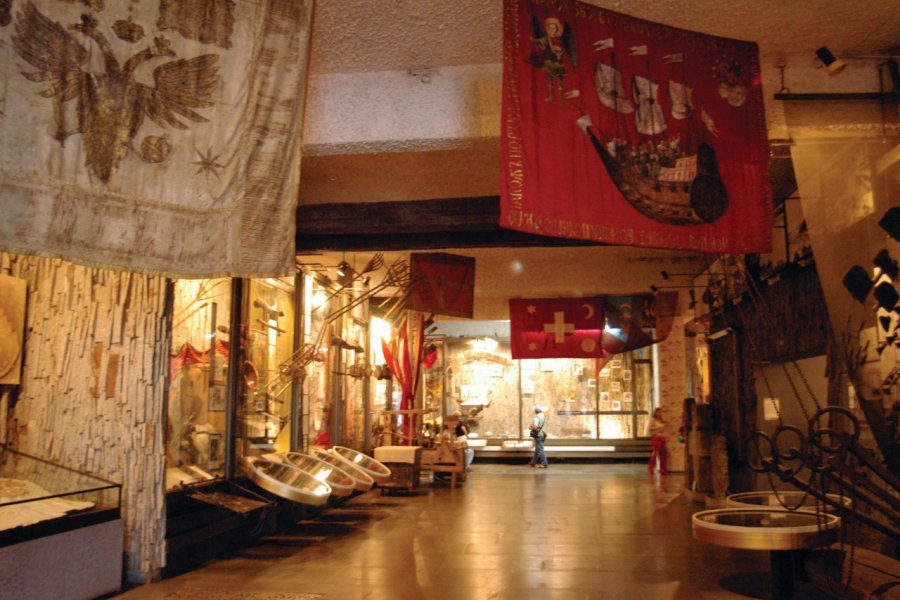Travel Guide Zaporijia (Запоріжжя)
Find an accommodation
Advertising
830,000 inhabitants. The city of Zaporozhie is famous and mentioned throughout Ukraine for its historical importance as the cradle of the Cossack people. It is therefore the symbol of Ukrainian independence. It is for this reason, and with the history of Ukraine in mind, that we must approach this city because today few traces of this tumultuous past have been preserved. The great island of Khortitsa, connected to the city by a bridge, and where the great Cossack centre was located, is celebrated. Even if there is nothing left of the Cossack fort today, the island has an excellent museum on Cossack history and traditions and is a pleasant place to walk. Zaporojie is mainly visited by cruise tourists, for whom it is an essential stopover.History. Like all the steppes of southern Ukraine, the city of Zaporojie first experienced the passage of the greatest nomadic peoples: the Scythians from 800 to 200 BC, the Sarmatians from 200 AD. In the 13th century, when the Cossacks began to gather on the Volga, Don and Dnieper rivers, those of the Dnieper decided to choose the island of Khortitsa as their fortress. It was in 1552 that Dmitro Vyshnevetski, prince of Volynie and adventurer of the steppes, built a fortress here to contrast the advance of the Tartars, which became the first nucleus of the Zaporyzska sich. But during the Northern War between the Russian Empire and Sweden (1700-1721), the Zaporogu Cossacks, who had supported the Russians in the war against Poland (1654-1677), led by the hetman Ivan Mazepa, passed to Karl II of Sweden against Tsar Peter the Great. It was from this moment that the Russian authorities began to weaken the sich and deprive it of its autonomy until 1775 when it was completely suppressed by Emperor Catherine II. The emperor, moreover, no longer required the services of the Cossacks to protect the southern borders from the advance of the tatars, whose Crimean khanate had been annexed to the empire in 1774. In addition, she feared that the Zaporogu Cossacks would support the peasant revolt led by E. Pugachev. In 1785, the city of Alexandrovsk was founded, next to the island of Khortitsa. It is a colony and a garrison town, so its population is composed of Russian settlers and settled Cossacks. Between 1917 and 1932, when Ukraine experienced a particularly troubled period after proclaiming its autonomy in 1917, the Cossack tradition would continue to play a crucial symbolic and historical role. The anarchists of the leader Nestor Makhno, based 50 km from Alexandrovsk, resurrected the Cossack traditions and when the Red Army succeeded in dominating, they were the last to surrender to the Bolsheviks. In 1921, the city of Alexandrovsk was renamed Zaporozhie in honour of the Zaporozh Cossacks. Between 1927 and 1932 it was the site of one of the major Stalinist construction sites: the dam on the Dnieper River, which was built to industrialize the Donbass in southern Russia and Ukraine. Thanks to the Soviet forced march industrialization (with its procession of crimes, horrors, and deaths) of this region, which was then essentially agricultural, the city of Zaporojie will experience a fabulous development. With a population of 1 million, it is becoming almost one of the largest in Ukraine. The dam's electricity sources support all kinds of industries - aeronautics, metallurgy, automotive, steel. Zaporojie was for a time one of the most polluted cities in Europe. Not to mention the nuclear power plant that was later installed. After the fall of the USSR, which led to the economic collapse of many regions, Zaporojie managed to survive. Today, it is one of the most economically active in the country. Its regional rivals are Dnepropetrovsk, a real financial centre, Donetsk for coal mines and Krivoï-Rog for steel. It is also famous for the "Zaporojets" car, produced here since the early 1960s and very popular in the USSR.
What to visit Zaporijia (Запоріжжя)?
Advertising
Suggested addresses Zaporijia (Запоріжжя)
Weather at the moment
Advertising
Organize your trip with our partners Zaporijia (Запоріжжя)
Transportation
Book your plane tickets
Car Rental
Boat rental
Accommodation & stays
Find a hotel
Holiday rental
Find your campsite
Tailor-made trip
Immersion travel
Services / On site
Activities & visits
Find a doctor
Find unique Stay Offers with our Partners
Pictures and images Zaporijia (Запоріжжя)
Other destinations nearby Zaporijia (Запоріжжя)
5 km away
100 km away
